When people talk about Om tractors, they almost always refer to the machines powered by diesel engines. However, the brand’s debut in the tractor world actually dates back to the 1930s, initially featuring hot-bulb engines, which were only replaced by diesel engines in the 1940s
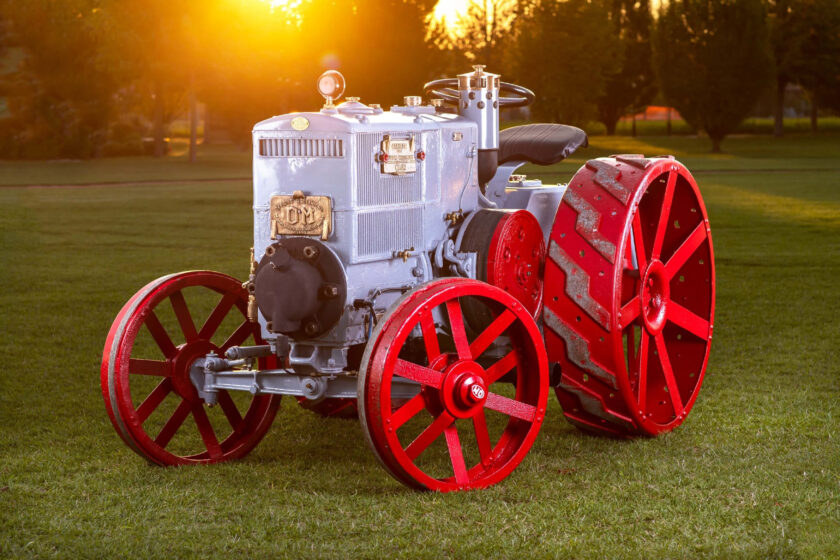
OM, short for Officine Meccaniche Grondona, entered the industrial world in 1847 as a manufacturer of railway carriages. In 1899, it was acquired by the Milan-based company Miani and Silvestri, leading to the creation of the Società Anonima Officine Meccaniche Miani Silvestri Comi Grondona & C. Milano. For years, the company operated in the railway sector, enjoying growing success, which enabled it to acquire the Brescia-based company Zust in 1917. Zust had specialized in automotive production since 1906. From that point on, the OM brand began to appear not only on cars and trucks but also on agricultural machines—starting with threshing machines, thanks to a collaboration launched in 1922 with the company Mais of Suzzara, in the province of Mantua.
Thanks to this partnership, Om had already become Italy’s largest producer of threshing machines by the mid-1920s. During that time, it introduced its first tractor, the T 30, followed by the T 240, launched at the Verona Fair. The T 30 was equipped with a hot-bulb engine—a choice driven by the popularity of such engines across Europe. People love Om tractors for their simplicity, ruggedness, power, and the ability to run on almost any liquid fuel, even low-grade ones. OM already had experience producing hot-bulb engines, giving it the expertise needed to design the tractor effectively.

The company’s engineers opted against a long-stroke single-cylinder design, instead choosing a “square” bore and stroke of 240 mm, resulting in a displacement of 10.87 liters. This configuration offered smoother operation compared to a long-stroke engine, although it generated more heat, especially in the combustion chamber. To mitigate this, the engine was equipped with an automatic system that injected water into the intake when operating at full load—a clever solution still used today in specific engine applications.
This system required special attention to the entire cooling setup. OM used a “boiling tank” placed directly above the cylinder, where water absorbed heat and evaporated. However, frequent refills were needed, causing downtime. To address this, OM integrated a circulation system consisting of a pump that pushed water over a perforated grid and a fan that cooled the water as it fell onto the engine by gravity. This system, called “closed-crankcase rain cooling,” reduced the need for frequent refills.
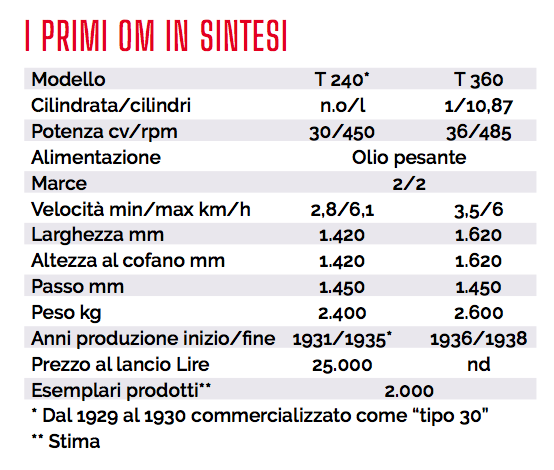
Additionally, the engine had a nominal speed of just 450 rpm, producing 30 horsepower. There was also an optional water tank for use in hot climates. Unique features included the ability to run in both rotational directions and a 2+2 gear transmission operated by two levers. This allowed for a low plowing speed just under 3 km/h and a high road speed of about 6 km/h—an advantage over competitors, as it allowed the tractor to tow wagons and threshers on roads without external transport help.
The operator’s area was thoughtfully designed and relatively ergonomic, with all key controls within reach despite the fuel tank being located under the driver’s seat, which was spring-mounted.
The T 30 was a simple yet robust tractor, with a self-supporting frame that was relatively light and compact—measuring 245 cm in length, 150 cm in width, and a wheelbase of 145 cm. It was also more maneuverable than other hot-bulb tractors of similar power. Also, weighing just 2,100 kg (21 quintals), a weight that allowed field work without excessive soil compaction.
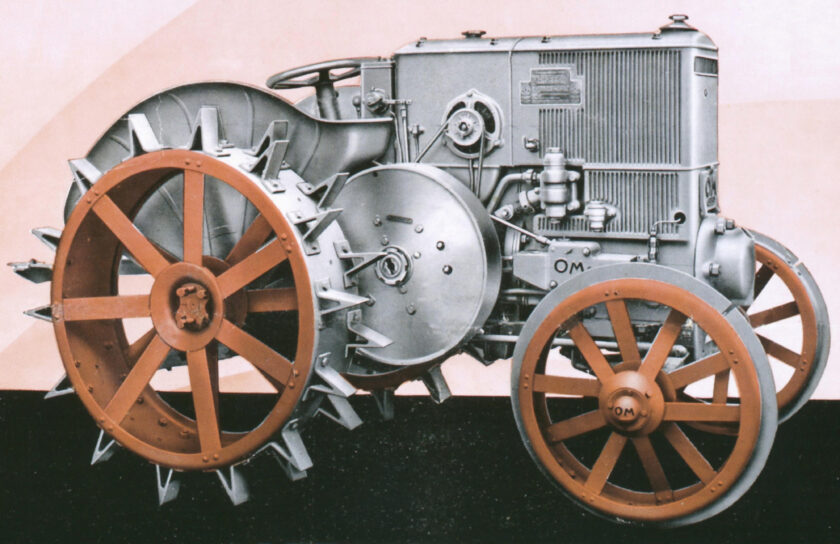
Marketed by the aforementioned Mais, the T 30 was also competitively priced at 25,000 lire (freight included to Milan, where it was built), compared to 28,000 lire for a Landini L 25, or over 40,000 lire for a similarly powered Lanz Bulldog. As mentioned, the T 30 was later renamed T 240, which remained in production from 1931 to 1935. It weighed a bit more at 2,400 kg and had a taller hood—raised by 80 mm—to accommodate more cooling water.
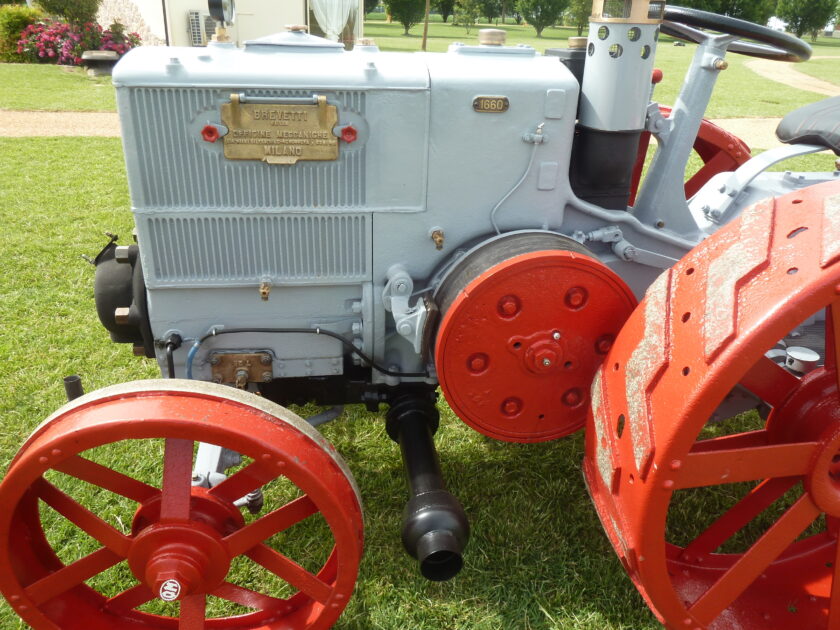
In 1936, it was succeeded by the T 360, which used the same engine but operated at a nominal speed of 485 rpm, delivering 36 horsepower. It came standard with fenders and a platform, had an even higher hood, weighed 2,600 kg, and remained in production until 1938. Overall, OM produced around 2,000 hot-bulb units during this period.
The “Ghost” Tractor
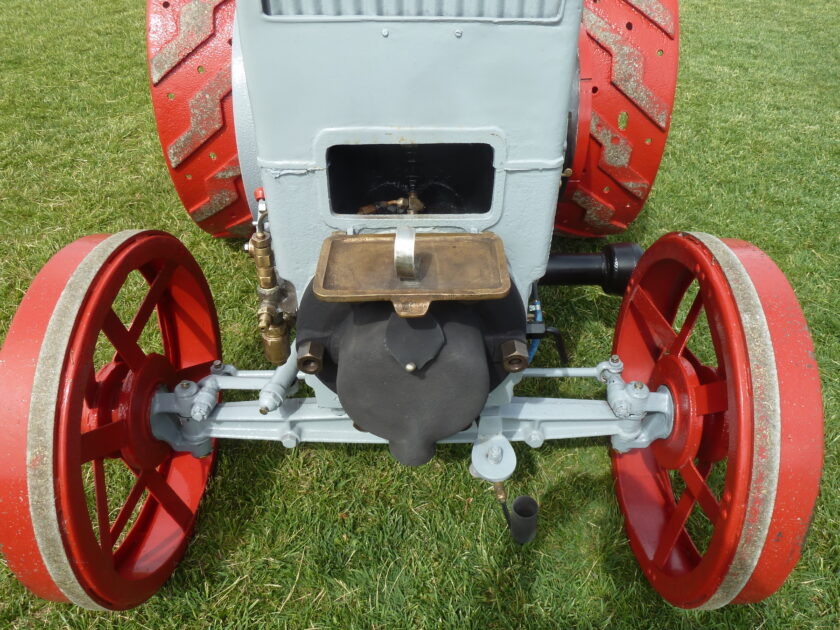
The first official Om tractor was the T 30, as confirmed by technical documents and promotional materials. However, it may have been preceded by a model known as the T 26, which appears in UMA registrations from the early 1950s and in a flyer from Mais of Suzzara that promoted it as a machine for heavy-duty work. All indications suggest it was a hot-bulb tractor with power output between 35 and 40 horsepower, as suggested by the sole surviving black-and-white image. Its construction was much simpler and rougher than the known OM hot-bulb models. Based on registration data, it’s believed nearly 100 units were built—none of which are known to survive today.
Title: Om tractors: from hothead engines to diesel engines
Translation with ChatGPT
Author: Massimo Misley







